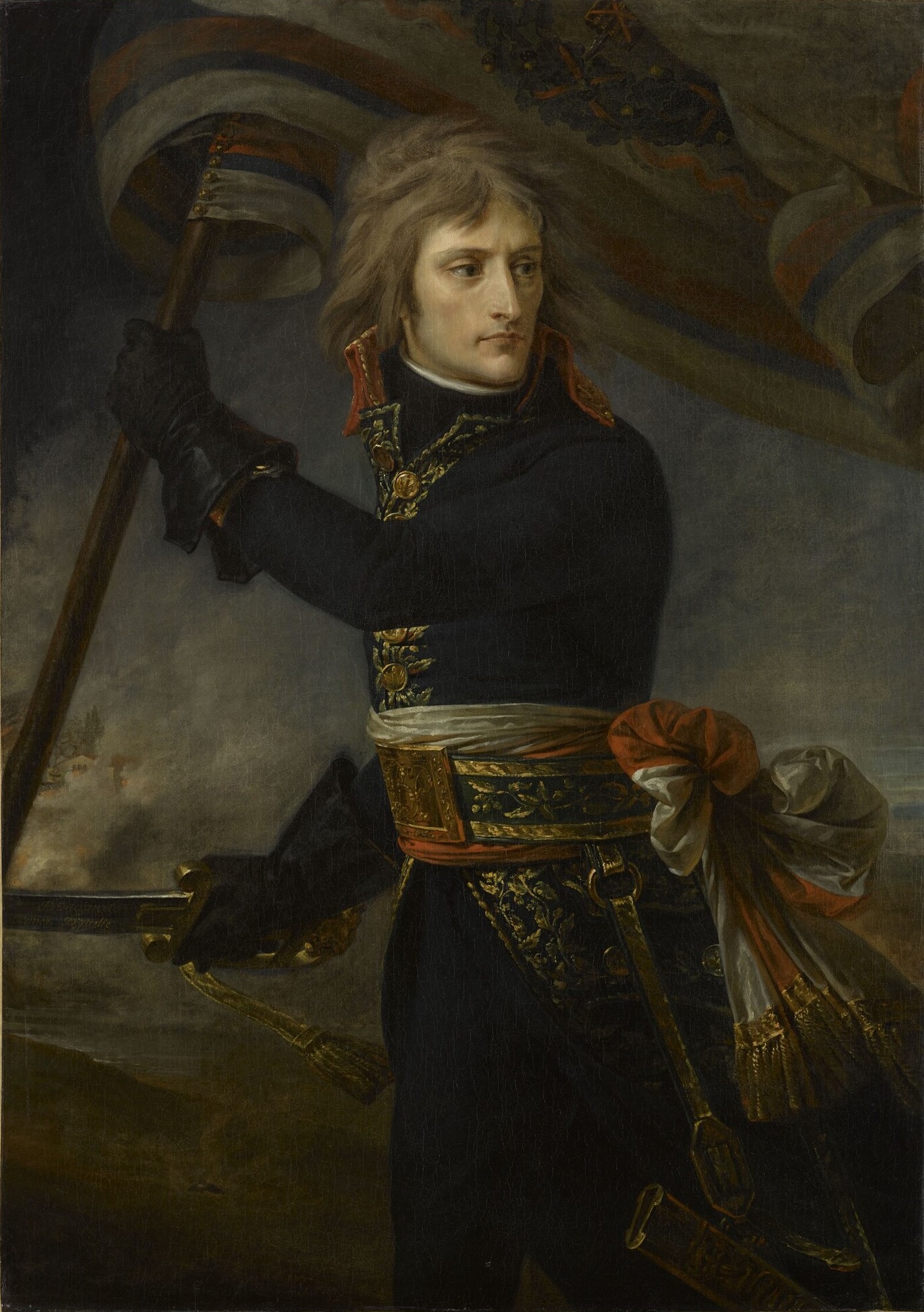

The two pictures above demonstrate the contradictory aspects of the period: the crushing of the Decembrist revolt in Russia in 1825 and the July Revolution in Paris in 1830.
The post-Napoleonic rulers committed themselves in practice to an attempt to turn the clock back or at least to preserve the status quo: an aristocratic society, supported by a middle class (enriched in France by the French Revolution and in Britain by the Industrial Revolution).
But could the clock be turned back? New ideas were striking at the roots of the traditional order. ‘Conservatism’ and ‘conservative’ were new words from France. ‘Liberal’ from Spain acquired a new currency as a noun. ‘Democrat’ and ‘democracy’ began for the first time to be used by some in a favourable way. ‘Left’ and ‘right’ acquired political meanings.







